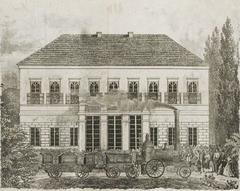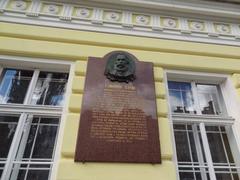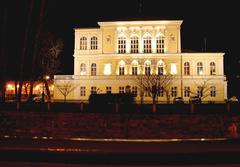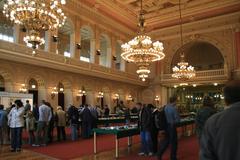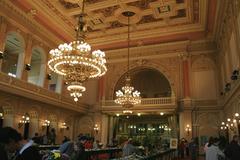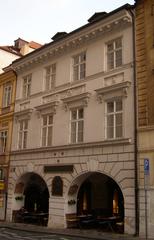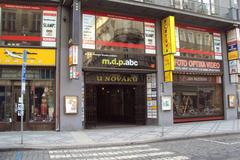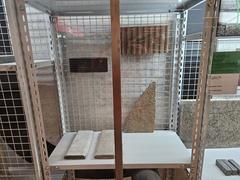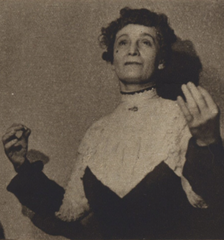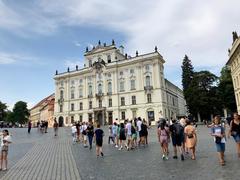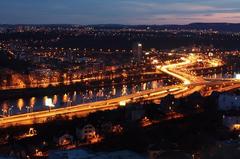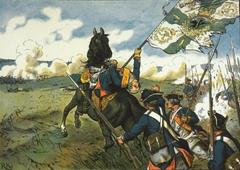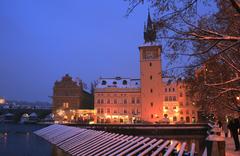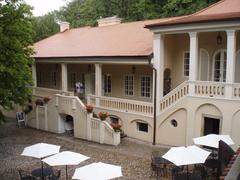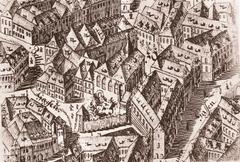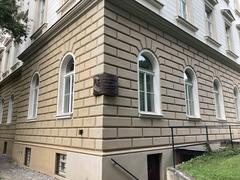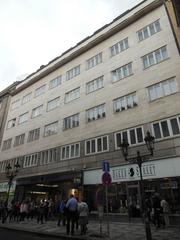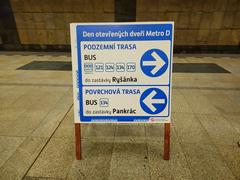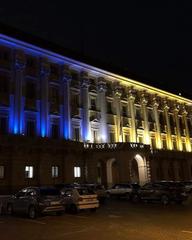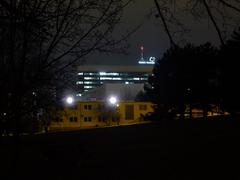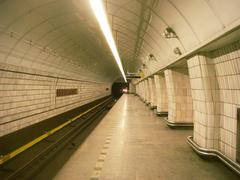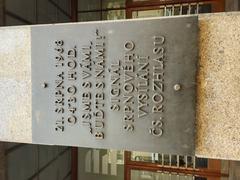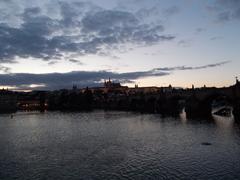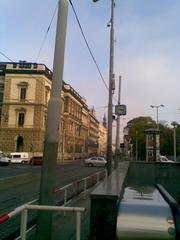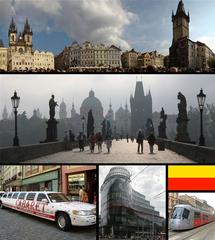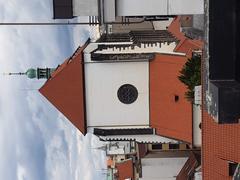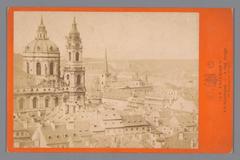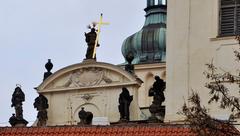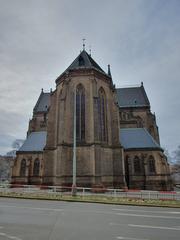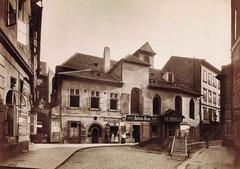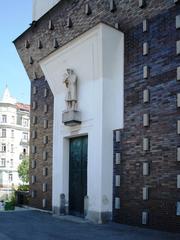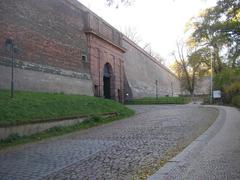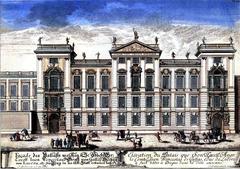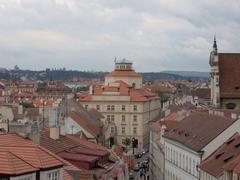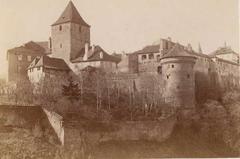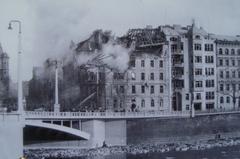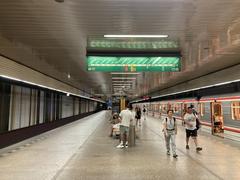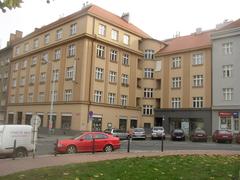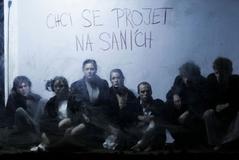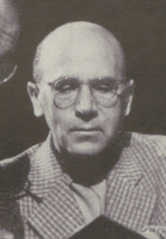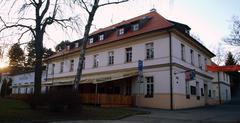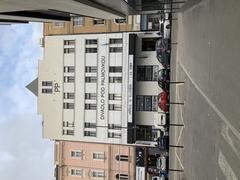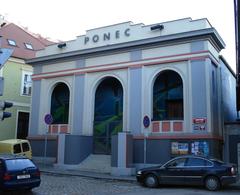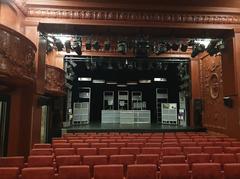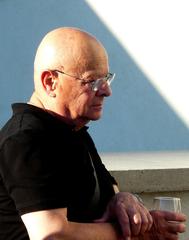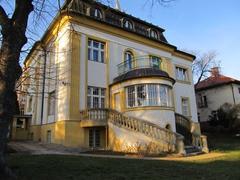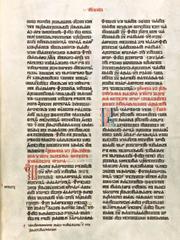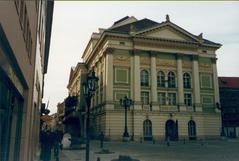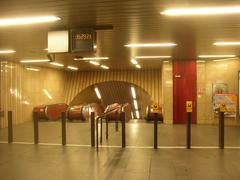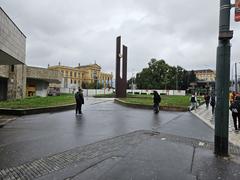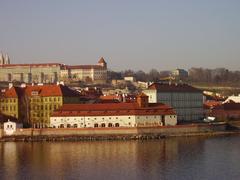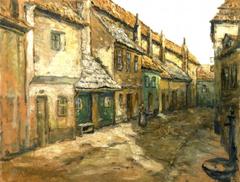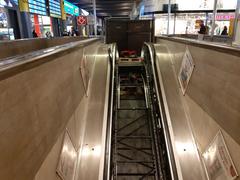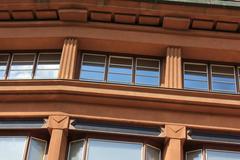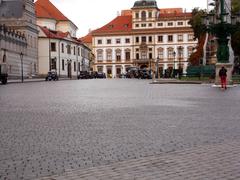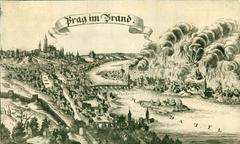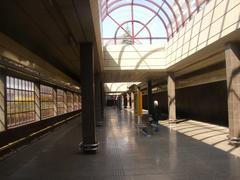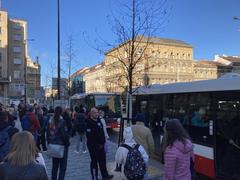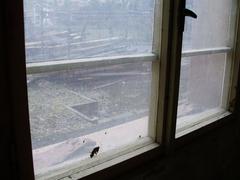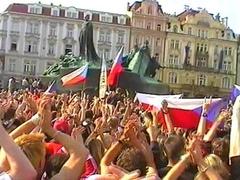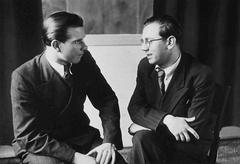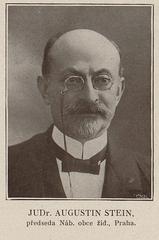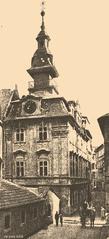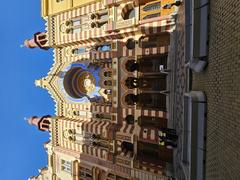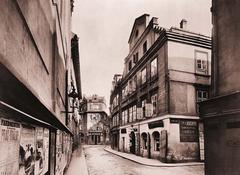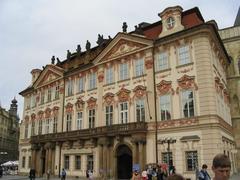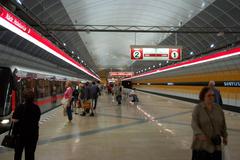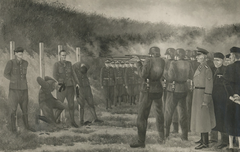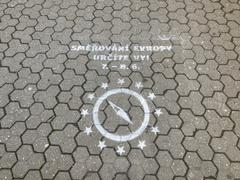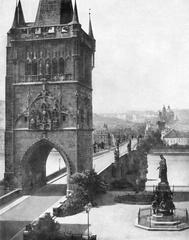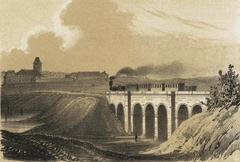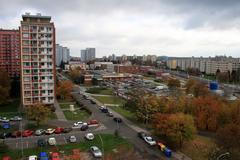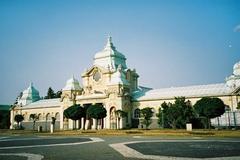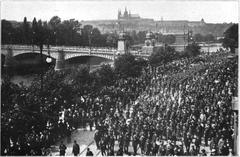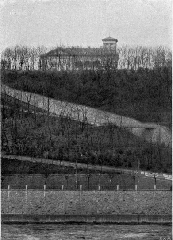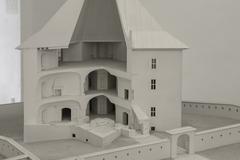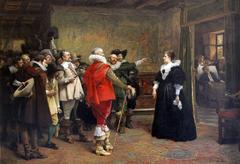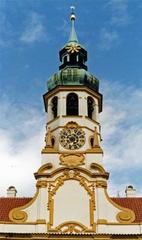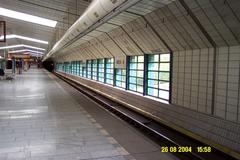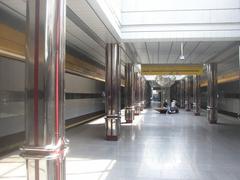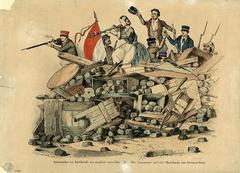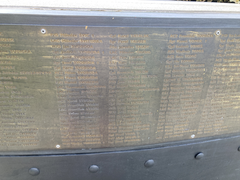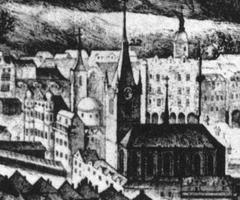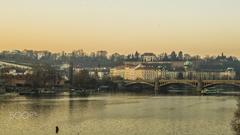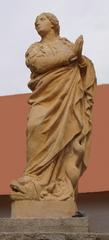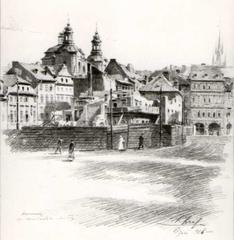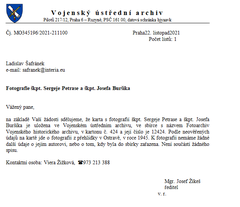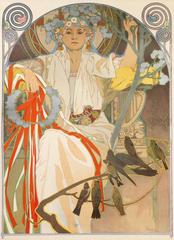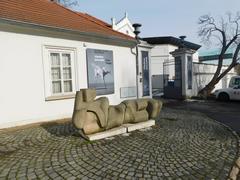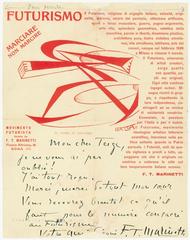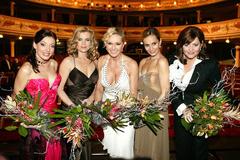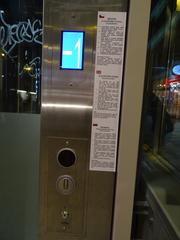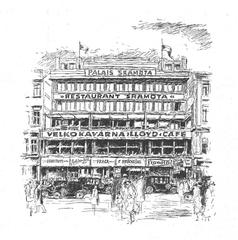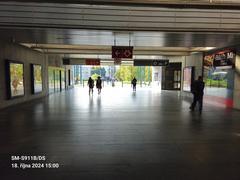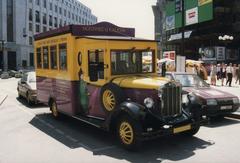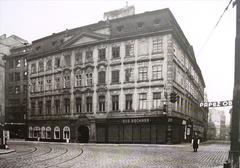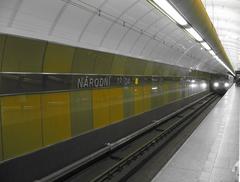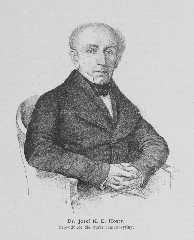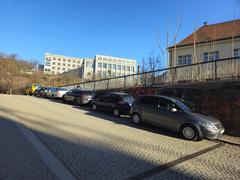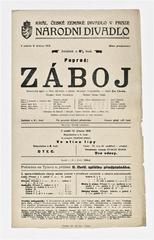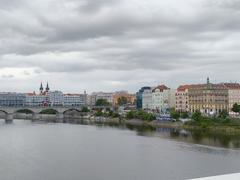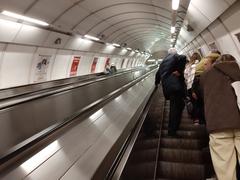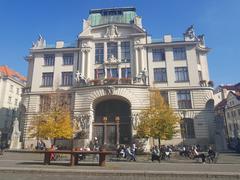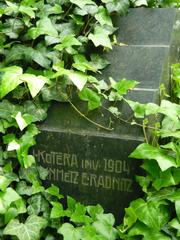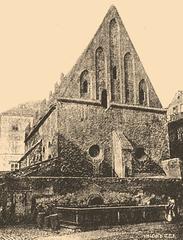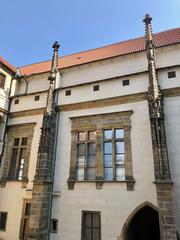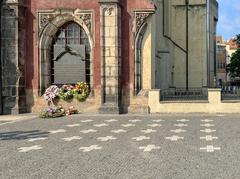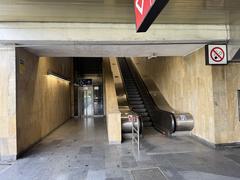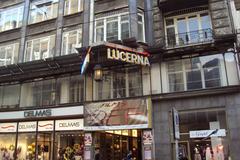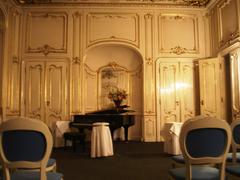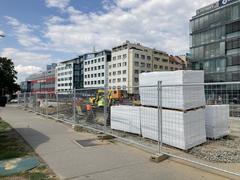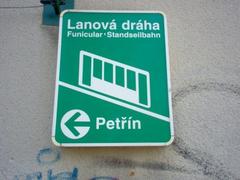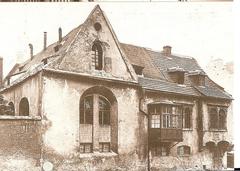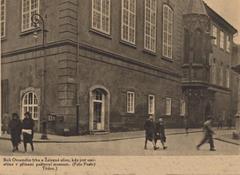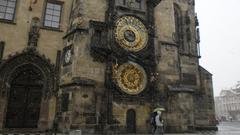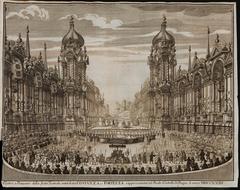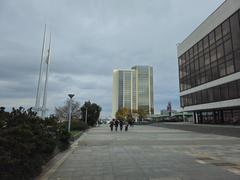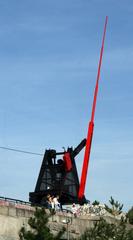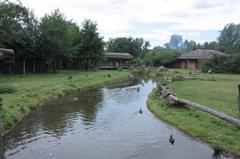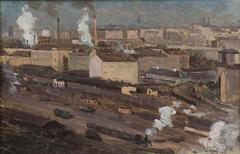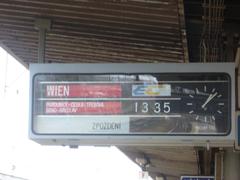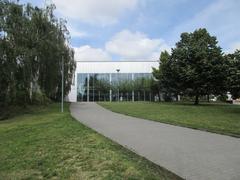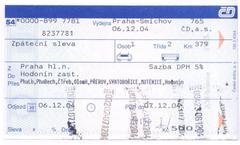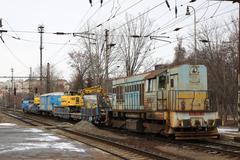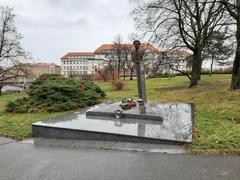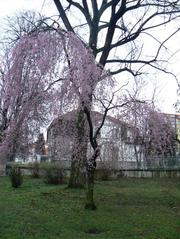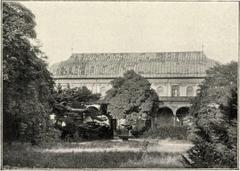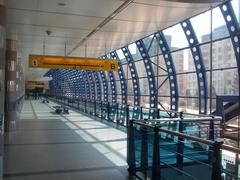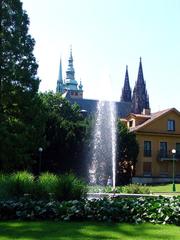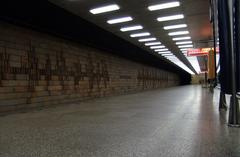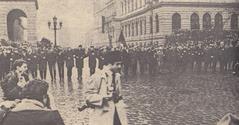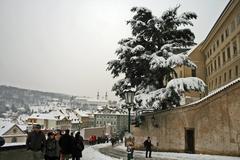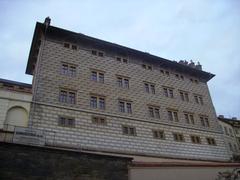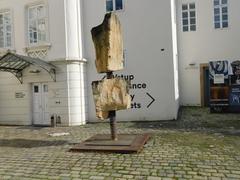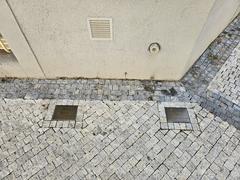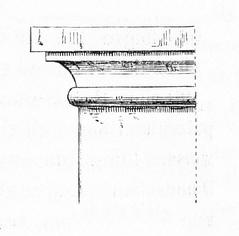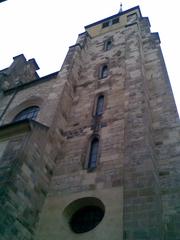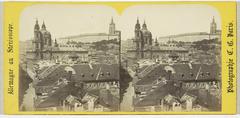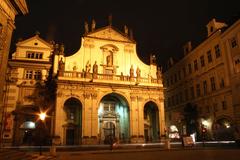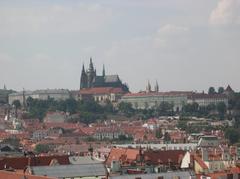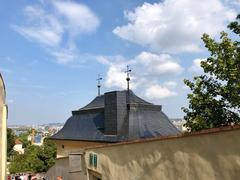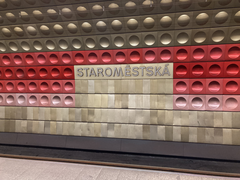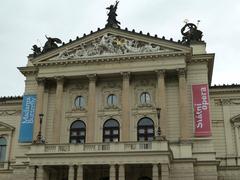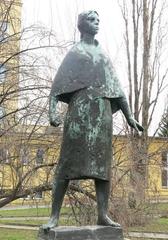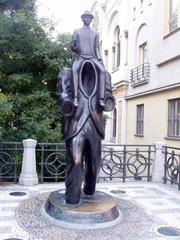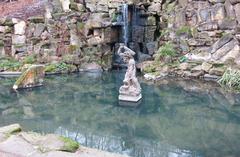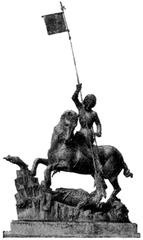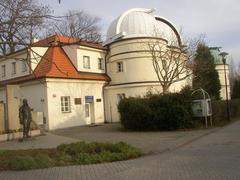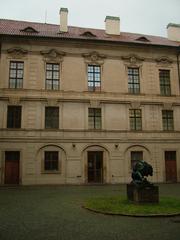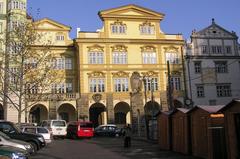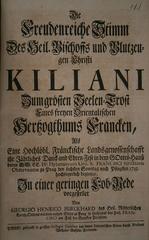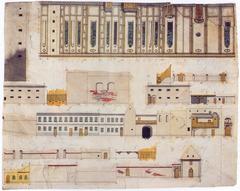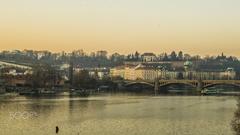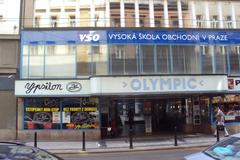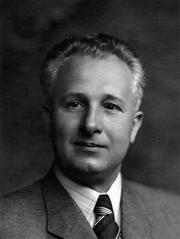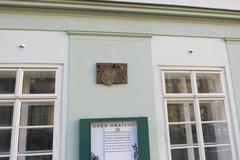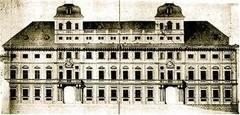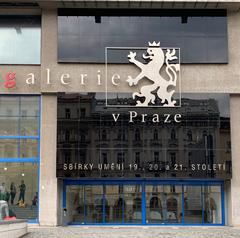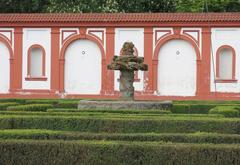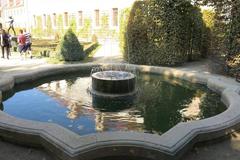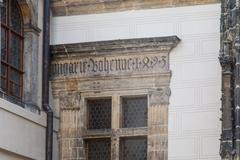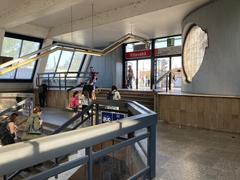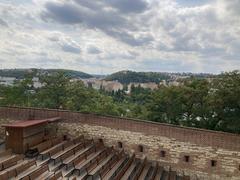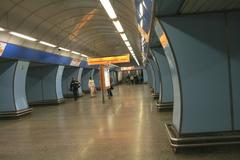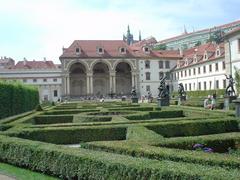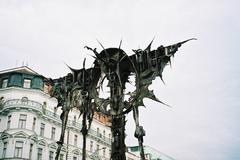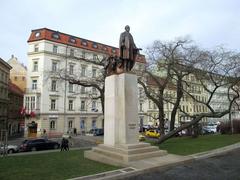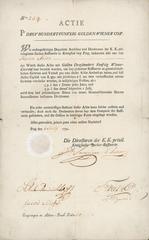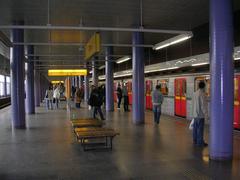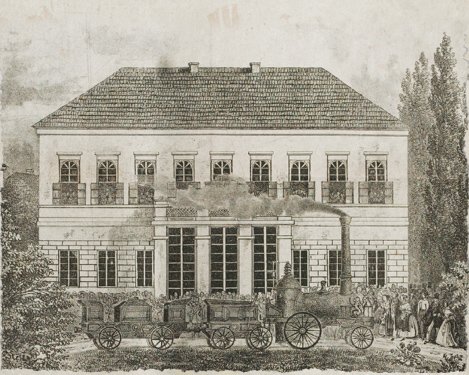
Visiting Yôri in Prague: Hours, Tickets, and Historical Insights
Date: 18/07/2024
Introduction
Yôri, a historic district in Prague, Czech Republic, is a treasure trove of cultural, architectural, and historical significance. This district offers a unique glimpse into the rich tapestry of European history, from its medieval origins to its modern-day vibrancy. Yôri’s strategic location along the Vltava River has made it an attractive settlement since the 9th century, initially inhabited by Slavic tribes. Over the centuries, Yôri has evolved and flourished under various influences, including the economic boom under Charles IV in the 14th century, the Renaissance and Baroque architectural transformations, and the rapid industrialization of the 19th century. Despite the turmoil of the 20th century, including Nazi occupation and Soviet influence, Yôri has continually adapted, emerging today as a blend of historical charm and modern dynamism. Visitors to Yôri can explore a variety of landmarks, such as the Church of St. Nicholas and Wallenstein Palace, while also enjoying the vibrant cultural scene fostered by institutions like the University of Prague. This guide provides detailed information on Yôri’s historical background, visiting hours, ticket prices, nearby attractions, and travel tips to help you plan your visit. Learn more about the cultural and architectural marvels of Yôri and why it remains a must-visit destination in Prague (Prague.eu, National Gallery Prague).
Table of Contents
- Introduction
- Historical Background
- Visitor Information
- Cultural Significance
- Preservation Efforts
- Key Historical Sites
- FAQ
- Conclusion
Historical Background
Origins and Early History
Yôri’s history dates back to the early medieval period when it was first settled by Slavic tribes in the 9th century. The region’s fertile land and strategic location along the Vltava River made it an attractive settlement area.
Medieval Development
In the 12th and 13th centuries, Yôri began to flourish as part of Prague’s expansion. Fortifications and trade routes were established, contributing to its growth. By the 14th century, Yôri had become an integral part of Prague, benefiting from the economic and cultural boom under Charles IV.
Renaissance and Baroque Periods
The Renaissance brought architectural and cultural changes, with Italian Renaissance influences visible in several buildings. The Baroque period further transformed Yôri with grand churches, palaces, and public buildings, such as the Church of St. Nicholas and Wallenstein Palace.
19th Century Industrialization
The 19th century saw rapid industrialization, with factories and workshops emerging. Infrastructure development, including railways and bridges, facilitated further growth and integration with Prague.
20th Century Turmoil and Transformation
Yôri experienced significant upheaval during both World Wars and the Cold War. Nazi occupation and post-war Soviet influence brought destruction and urban planning changes, altering the district’s landscape.
Post-Communist Era and Modern Development
The fall of communism in 1989 marked a new era for Yôri. The transition to a market economy led to privatization and investment, with historic buildings restored and new developments emerging. Today, Yôri blends its rich historical past with modernity.
Visitor Information
Visiting Hours and Tickets
- Church of St. Nicholas: Open daily from 9 AM to 5 PM. Tickets cost CZK 100 for adults and CZK 50 for students and seniors.
- Wallenstein Palace: Open for public tours on weekends from 10 AM to 4 PM. Admission is free.
- National Theatre: Performance schedules vary. Tickets range from CZK 150 to CZK 600, depending on the show.
Travel Tips
- Getting There: Yôri is easily accessible by public transport, including trams and buses. The nearest metro station is Malostranská.
- Best Time to Visit: Spring and autumn offer pleasant weather and fewer crowds. Summer is peak tourist season, while winter provides a magical atmosphere with Christmas markets.
- Nearby Attractions: Don’t miss the Charles Bridge, Prague Castle, and the Old Town Square, all within walking distance from Yôri.
- Accessibility: Most historical sites in Yôri are wheelchair accessible, with ramps and elevators available.
Cultural Significance
Yôri has been a cultural hub for centuries, home to numerous artists, writers, and intellectuals. The presence of the University of Prague fosters a vibrant intellectual community. Cultural landmarks like the National Theatre and various museums and galleries contribute to Yôri’s reputation as a center of cultural activity.
Preservation Efforts
Recent preservation efforts by government and non-governmental organizations aim to restore and maintain Yôri’s historic buildings and sites. The inclusion of Prague’s historic center, including Yôri, in the UNESCO World Heritage List in 1992 has helped raise awareness and attract funding for these projects.
Key Historical Sites
- Church of St. Nicholas: A stunning example of Baroque architecture with an intricate façade and opulent interior.
- Wallenstein Palace: A prime example of Baroque architecture, now housing the Czech Senate and open for public tours.
- National Theatre: A symbol of Czech cultural and national identity, hosting opera, ballet, and drama performances.
FAQ
- What are the opening hours for Yôri? Yôri’s main sites have varying hours, with most open from 9 AM to 5 PM.
- How much are the tickets for Yôri? Ticket prices range from CZK 50 to CZK 600, depending on the site and event.
- Is Yôri accessible for wheelchair users? Yes, most historical sites are wheelchair accessible.
Conclusion
Yôri’s historical background is a testament to its resilience and adaptability. From its medieval origins to its modern-day vibrancy, the district offers a blend of history, culture, and architecture. Visitors can explore its many historical sites and cultural landmarks, making for a truly memorable experience.
Call to Action
Stay updated on Yôri and other historical sites in Prague by downloading the mobile app Audiala, checking out related posts, and following us on social media for more updates.
References
- Exploring Yôri - A Rich Historical District in Prague – Visiting Hours, Tickets, and More, 2024, Anonymous (Prague.eu)
- Exploring Yôri, Prague - History, Culture, Visitor Information, and More, 2024, Anonymous (National Gallery Prague)
- Essential Visitor Tips for Yôri in Prague - Plan Your Perfect Trip, 2024, Anonymous (Czech Tourism)
